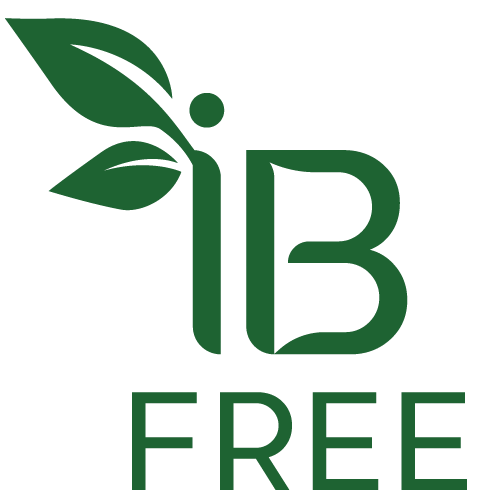Understanding FODMAPs: The Digestive Puzzle Behind IBS
Ever wonder why certain foods leave your stomach in knots while others don’t? For people with Irritable Bowel Syndrome (IBS), the answer often lies in a hidden set of carbohydrates called FODMAPs. These fermentable sugars, alcohols, and fibers are poorly absorbed in the small intestine and can cause serious digestive turbulence.
Let’s break down what FODMAPs are, how they affect IBS, and which foods to watch out for.
What Are FODMAPs?
FODMAP stands for Fermentable Oligosaccharides, Disaccharides, Monosaccharides, and Polyols—complicated names for some of the most common gut irritants. These short-chain carbs pull water into the intestine and ferment rapidly, leading to gas, bloating, cramps, and bowel irregularities. Here’s a quick look:
Oligosaccharides: Found in wheat, rye, onions, and garlic.
Disaccharides: Mostly lactose, found in milk and soft cheeses.
Monosaccharides: Fructose, common in fruits like apples, mangoes, and honey.
Polyols: Sugar alcohols like sorbitol and mannitol, found in sugar-free gums and some fruits.
For people with IBS, these foods can wreak havoc.
Why IBS and FODMAPs Don’t Mix
IBS is a chronic condition marked by hypersensitive bowels and irregular motility. While stress and other lifestyle factors contribute, FODMAPs are now recognized as major dietary triggers. A low FODMAP diet—eliminating then slowly reintroducing high-FODMAP foods—can dramatically reduce symptoms for many.
Common High FODMAP Offenders (and What to Eat Instead)
1. Fruits
High FODMAP: Apples, pears, watermelon, mangoes, stone fruits, dried fruits, blackberries, avocado.
Better choices: Oranges, pineapple, papaya, strawberries, lightly ripened bananas.
2. Vegetables
High FODMAP: Onions, garlic, mushrooms, asparagus, cauliflower, cabbage.
Better choices: Radishes, carrots, eggplant (in moderation), tomatoes, cucumbers.
3. Dairy
High FODMAP: Milk (cow, goat, sheep), cream cheese, ice cream, regular yogurt.
Better choices: Lactose-free milk, hard cheeses (cheddar, Swiss), oat milk, low-FODMAP sorbets.
4. Grains
High FODMAP: Wheat, rye, barley, corn kernels.
Better choices: Rice, oats (plain), quinoa, buckwheat, cornmeal, gluten-free or sourdough bread.
5. Legumes
High FODMAP: Lentils, chickpeas, kidney and black beans.
Tips: Soaking, shelling, and long cooking may reduce FODMAP content.
6. Sweeteners
High FODMAP: Honey, high-fructose corn syrup, sorbitol, mannitol, xylitol.
Better choices: Maple syrup, stevia, table sugar (in moderation).
7. Protein
Safe bets: Eggs, fresh chicken and turkey, fish, shellfish, unprocessed beef and pork, firm tofu.
Unsafe: gluten, casein (but not FODMAPs)
8. Nuts and Seeds
High/moderate FODMAP: Almonds, macadamia, chia, sunflower, pumpkin (in large amounts).
Safe in moderation: Pecans, walnuts (under 10 halves), seeds (under 1 tbsp).
How the Low FODMAP Diet Works
Elimination Phase (4–6 weeks): Cut out high FODMAP foods.
Reintroduction Phase: Slowly bring foods back one at a time to identify triggers.
Personalization Phase: Tailor your diet based on tolerance to maintain variety and balance.
Final Thoughts
FODMAPs are a major piece of the IBS puzzle. And while the low FODMAP diet can feel restrictive at first, it’s one of the most effective tools for identifying and managing dietary triggers. With some patience—and ideally, guidance from a dietitian—you can discover what works for your unique body.
Digestive health is never one-size-fits-all. If you’re feeling overwhelmed, start small. Track your symptoms, experiment with swaps, and trust your gut (literally and figuratively).
